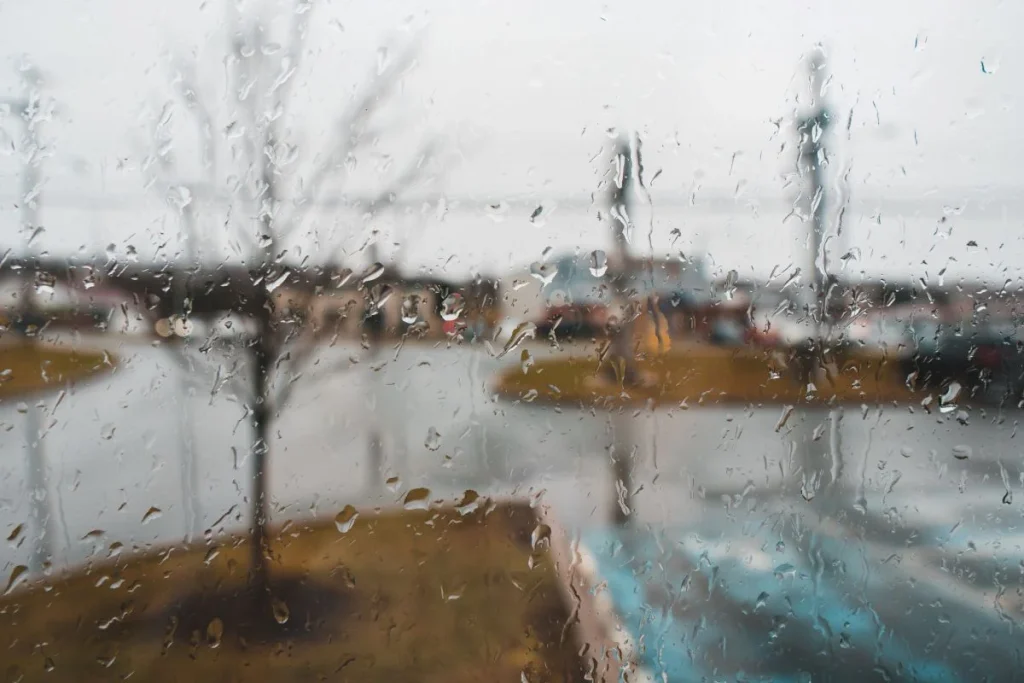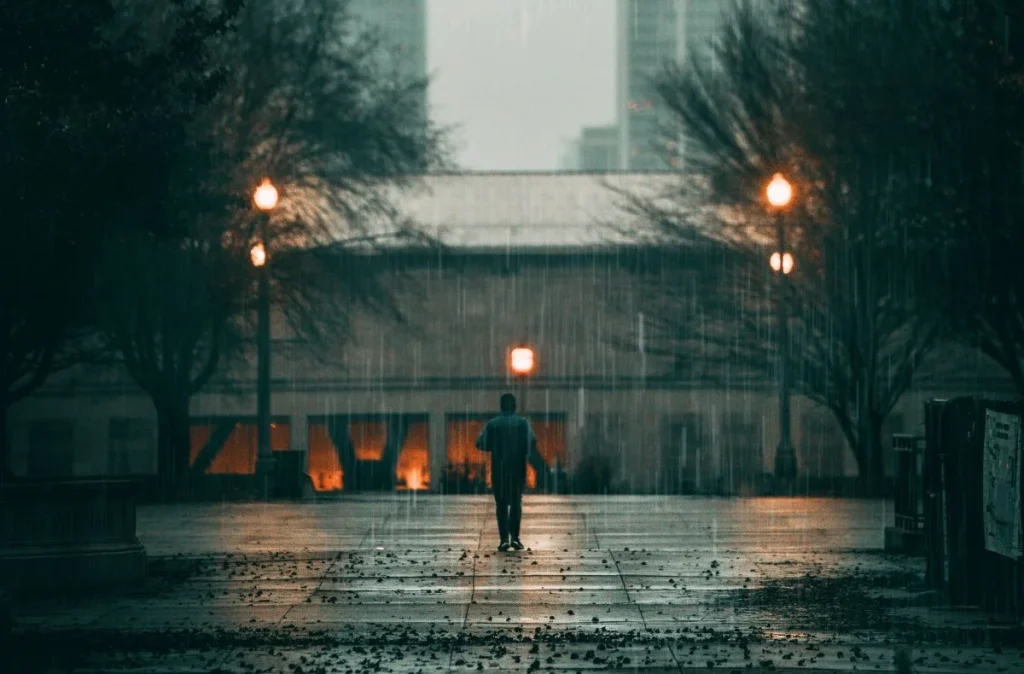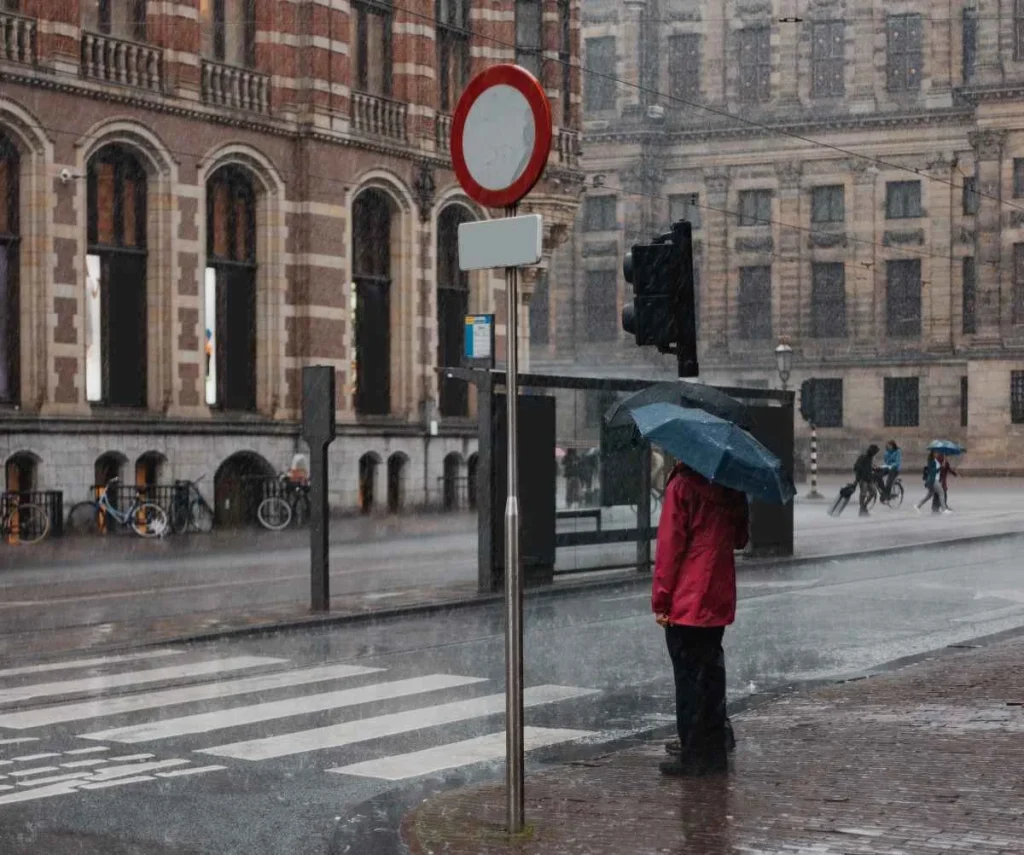The rainy season provides lush green scenery, cool showers, and a breath of fresh air to the lovely archipelago of the Philippines. However, due to the unpredictable weather patterns and various risks that accompany the rains, traveling during this time requires extra caution. Whether people are local visiting scenic sites or foreign guests looking for adventure in this tropical paradise, it’s critical to be well-prepared and knowledgeable in order to have a memorable and safe vacation even if people live in a subdivision in Cabuyao Laguna, it is imperative to know the precautions as well.
Safety Precautions During Rainy Days
It is critical to emphasize safety on rainy days in the Philippines traveling or staying at home is not safe. To be prepared for any threats, keep up to date on weather predictions and typhoon alerts. To avoid accidents and becoming stuck, avoid flooded areas. To prevent slipping on damp surfaces, use robust and waterproof footwear and carry umbrellas or rain gear. Protect your possessions from water damage by storing them in waterproof bags or coverings. Drive cautiously, at a reasonable pace, and obey traffic laws, especially at crossroads and pedestrian crossings.
To avoid dangerous currents and flash floods, avoid water activities in rivers, waterfalls, and beaches during heavy rains. Keep an eye out for landslides in mountainous areas and keep away from any broken electrical cables or poles. Maintain an emergency contact list, be aware of dengue-prone locations, use mosquito repellents, and stay hydrated. By following these steps, people can enjoy the rainy season in the Philippines while remaining safe.
How To Be Safe While Traveling

It is critical to take some steps to guarantee a safe and pleasurable travel experience. Begin by researching your location, becoming acquainted with the culture, and becoming aware of any potential safety risks—purchase travel insurance to safeguard yourself against unforeseen catastrophes. Share your itinerary and stay in touch with family and friends while on vacation. Keep copies of critical documents apart from the originals. Keep up to date on current events and safety warnings for your destination.
Choose trustworthy lodging and transportation services, and take care of your possessions. Avoid dangerous locations and be aware of classic tourist frauds. Prioritize your health and observe local customs. Trust your intuition and avoid any potentially uncomfortable circumstances. Keep in touch by keeping your phone charged and emergency numbers saved. People may have a worry-free journey and focus on making memorable memories if they follow these precautions.
By adhering to these safety tips and taking precautions tailored to the monsoon season, you can ensure a worry-free journey while creating lasting memories. Remember that your safety is paramount, and with proper preparation, you can make the most of your travels even during challenging weather conditions.
When exploring new destinations during the monsoon season, the most important thing to keep in mind is that the dynamic weather can lead to unexpected closures of outdoor attractions and transportation disruptions. Flexibility in your everyday itinerary will serve you well on your travel, allowing you to adjust your plans if needed and make the most of the indoor activities your destination has to offer.
Which Seasons Are Rainy?

The rainy season in the Philippines lasts from June to November and is marked by higher rainfall as well as the risk of tropical storms and typhoons. Knowing when it rains is critical for safety, travel planning, agriculture, water resource management, and disaster preparedness. It allows people to take the required measures, schedule their activities properly, and make informed decisions to reduce potential weather-related hazards.
Farmers can plan planting and irrigation, water resource managers may plan for adequate supply and distribution, and disaster response teams can organize resources for rapid and effective intervention. Understanding the date of the rainy season is critical for a safe and well-prepared trip to the Philippines.
What Are The Different Hazards Of Rainy Season?

Various dangers might pose substantial concerns in the Philippines during the rainy season. Flooding can occur as a result of heavy rainfall, particularly in low-lying locations, causing property damage and hindering traffic. Long or heavy rains can saturate the soil, increasing the chance of landslides in steep or mountainous areas, causing property damage and endangering life. Tropical storms and typhoons are most active during the rainy season, bringing powerful winds, heavy rainfall, storm surges, and widespread devastation to coastal and inland communities.
During this time, stagnant water and poor sanitation can contribute to the spread of waterborne infections, compromising public health. Accidents and transportation interruptions might occur as a result of slick roads and poor visibility. Furthermore, infrastructural damage, power outages, communication disruptions, and agricultural losses compound the difficulties encountered during the rainy season. Understanding these threats is critical for disaster preparedness and quick action, assuring community safety and well-being during this time.
Safety Tips During Traveling In A Rainy Season
It is critical to emphasize safety when traveling during the rainy season by following specific important tips.

- To begin, stay up to date on the weather by checking forecasts and any advisories for your trip.
- To protect oneself from the weather, bring proper gear such as waterproof clothing, sturdy shoes, and umbrellas.
- Use waterproof bags or coverings to protect your electronics and vital documents.
- To avoid accidents and becoming stuck, avoid flooded areas. Drive with caution on slick roads and keep a safe distance from other vehicles.
- To minimize floods, choose trustworthy motels with good drainage systems.
- When visiting natural wonders, follow the safety instructions offered by local authorities or tour operators.
- Use repellents and wear long sleeves to protect yourself from mosquito-borne infections.
- Regardless of the weather, stay hydrated by drinking plenty of water.
- Keep your phone charged and emergency numbers saved for easy access in case of an emergency.
- It’s also a good idea to communicate your trip plans and itinerary with someone people can trust, especially if you’re going to isolated places.
- Finally, always trust your instincts and leave any situation that makes them feel unsafe or uncomfortable. People can have a more secure and enjoyable journey during the rainy season if people follow these safety measures.
What To Prepare During Travelling In A Rainy Weather?

Pack waterproof clothing, sturdy shoes, and an umbrella while traveling in rainy weather. To safeguard your stuff, use waterproof bags and keep quick-drying towels on hand. Don’t forget to bring mosquito repellent and any necessary prescriptions. One of the safety tips to consider can be purchasing travel insurance and staying up to date on weather forecasts. Keep emergency contact information in your phone.
Related Blog: Save It for a Rainy Day: Adventurous Things to Do During the Rainy Season


